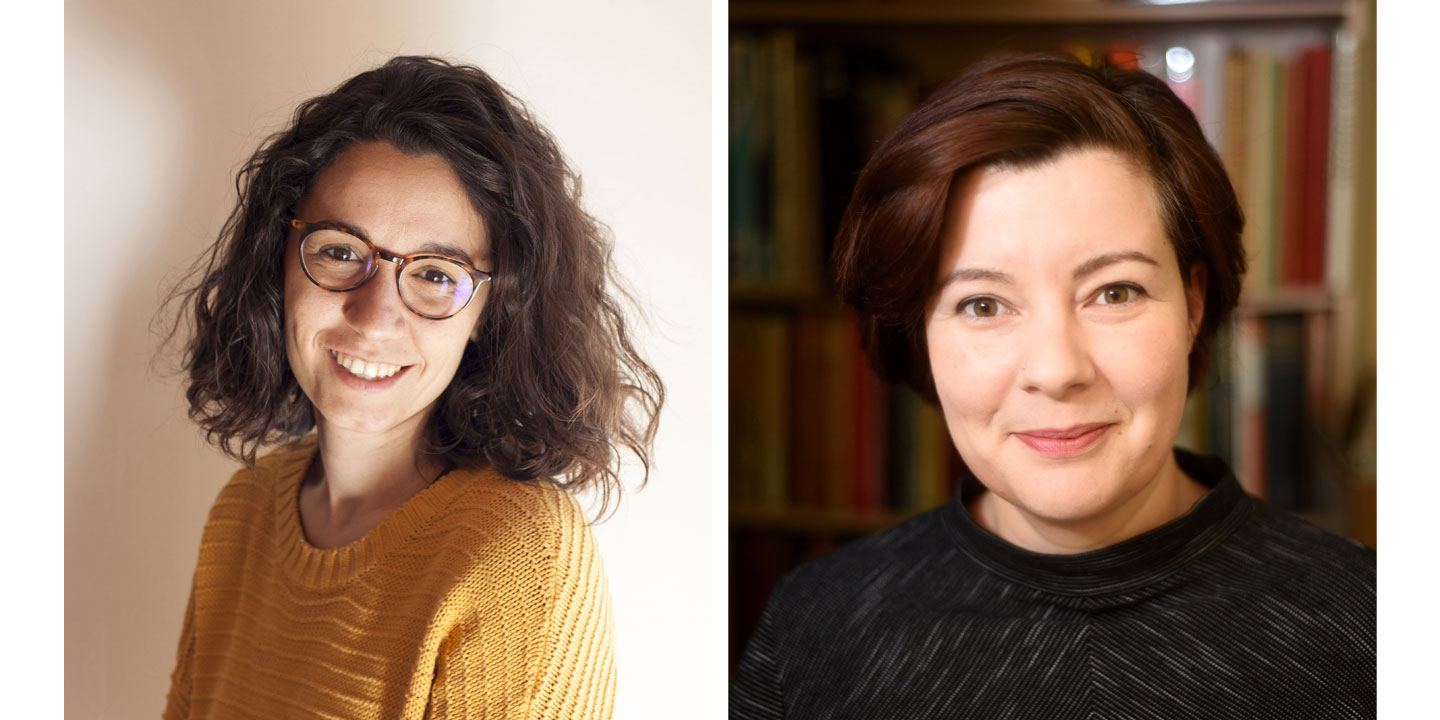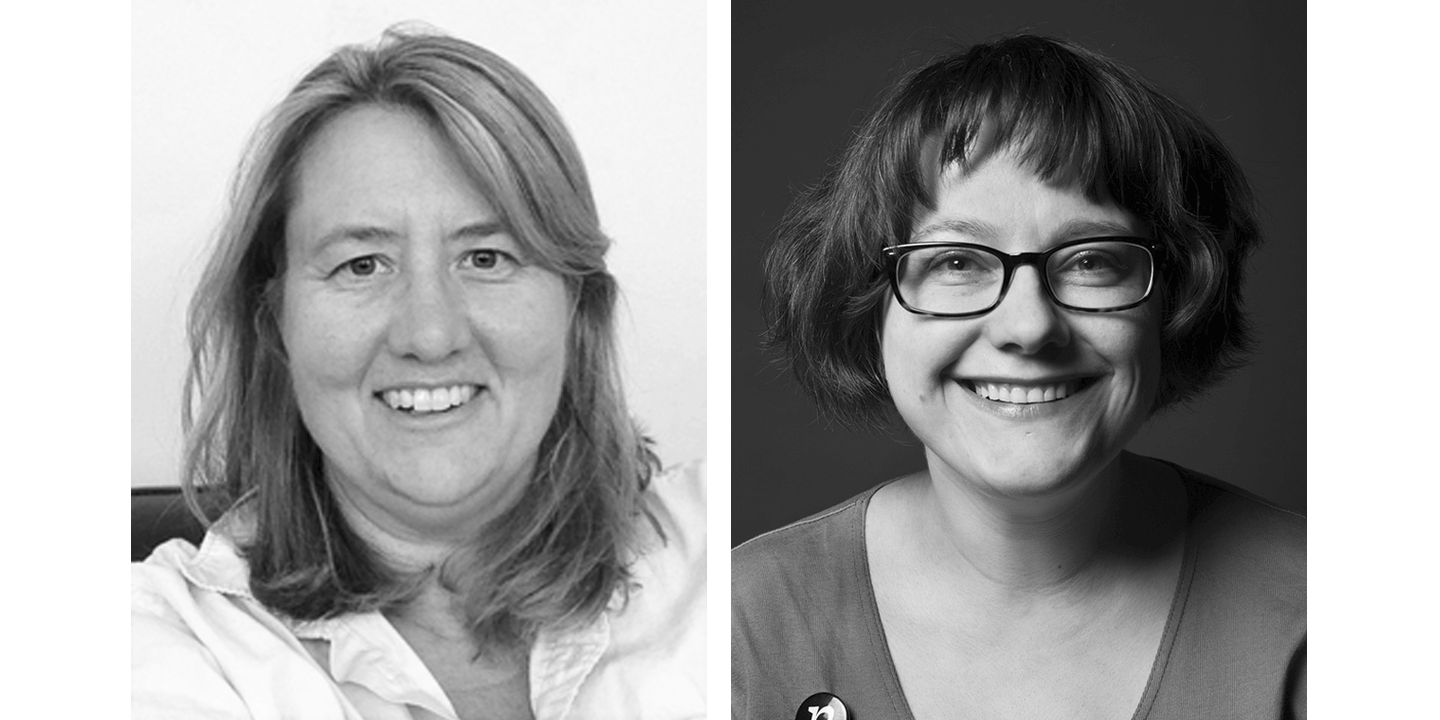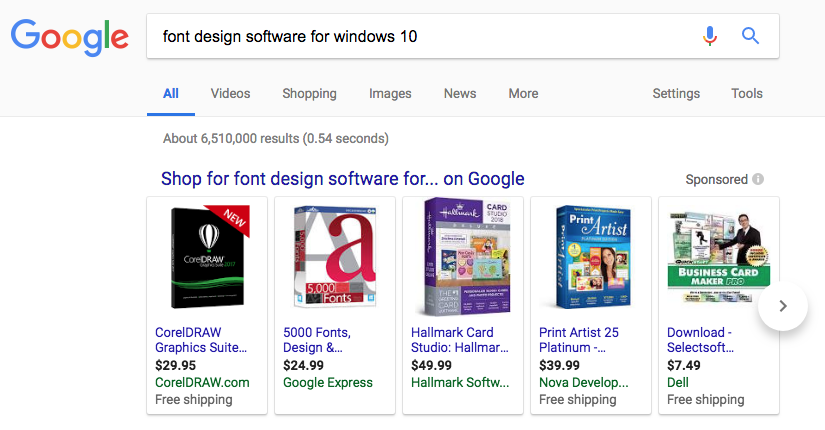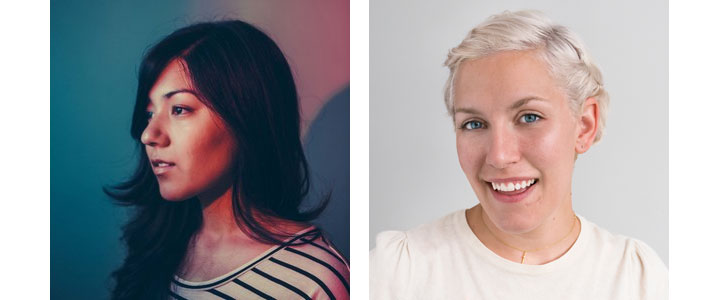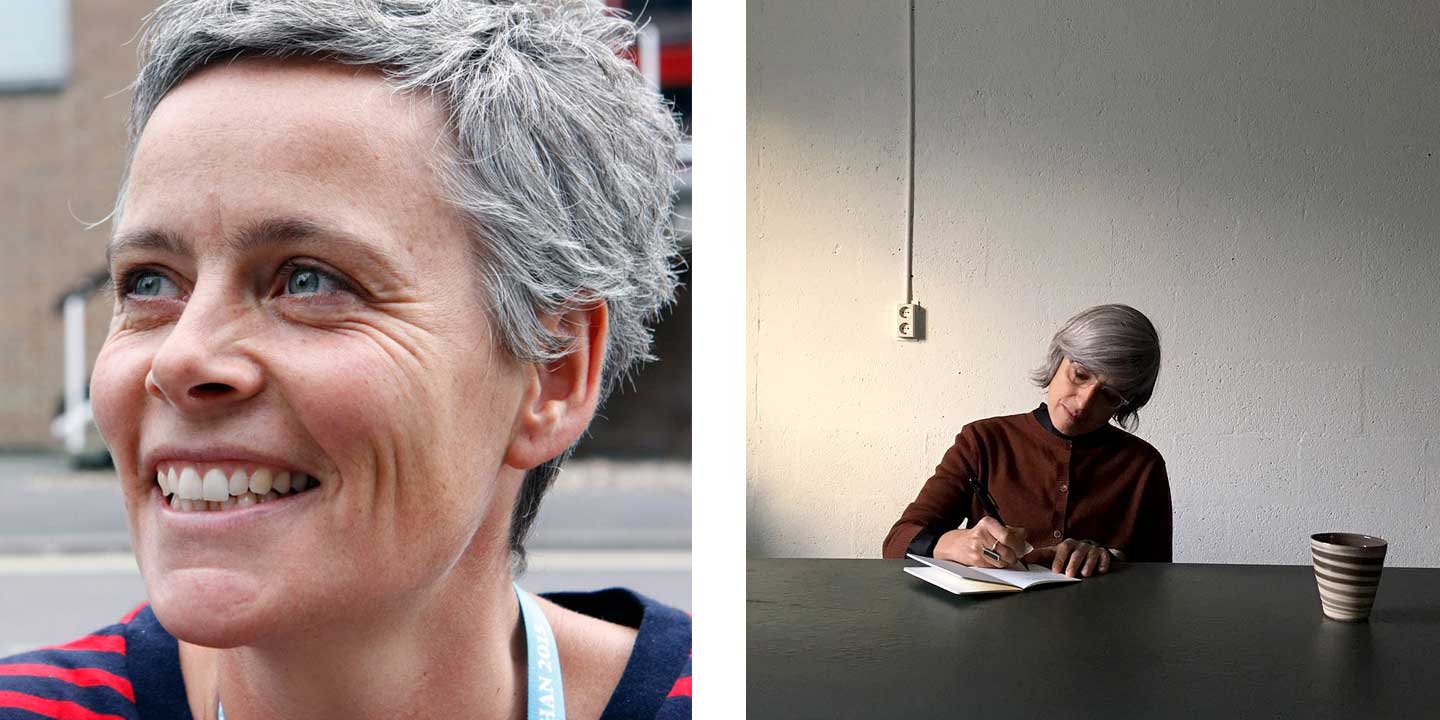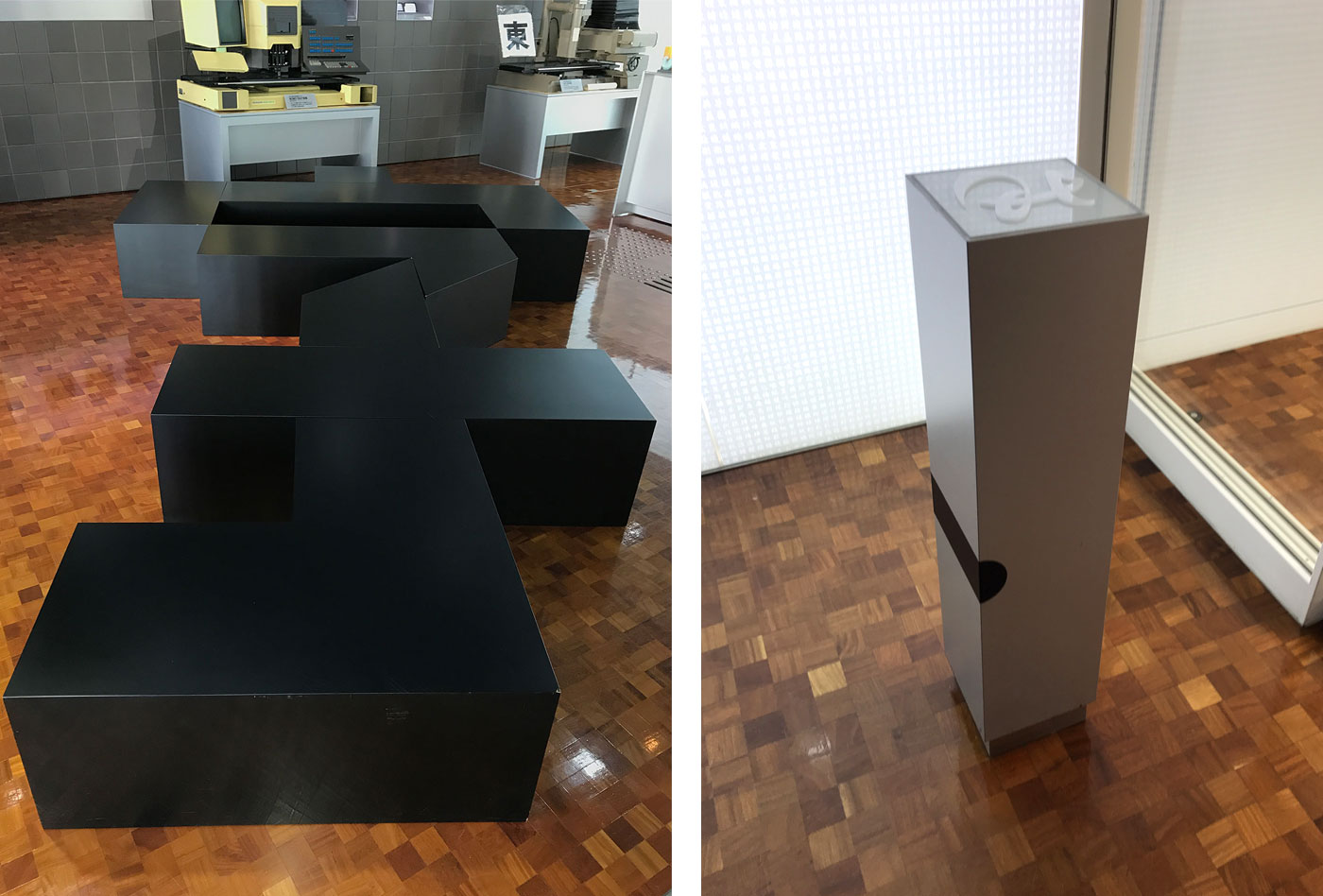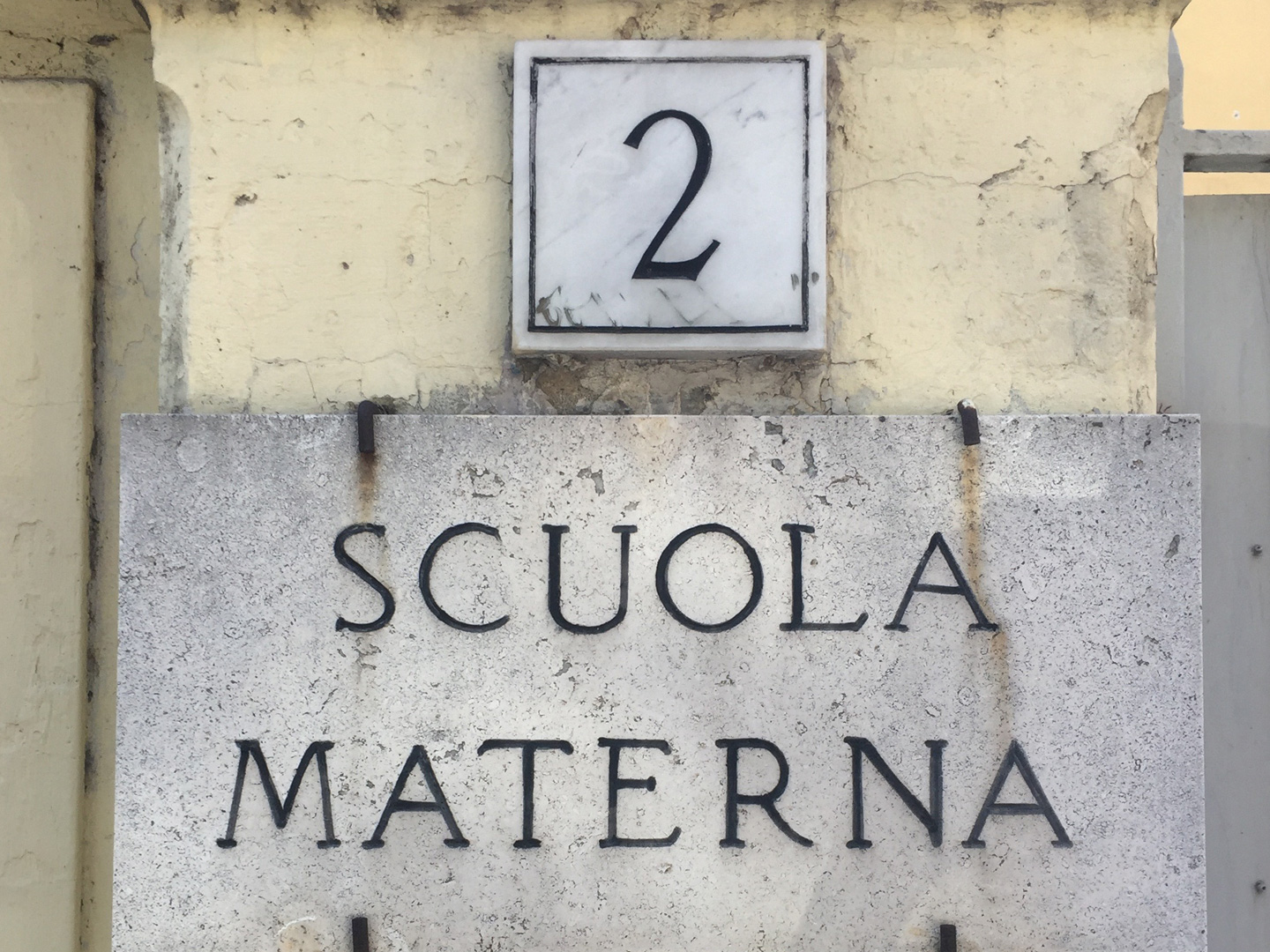This special session of Alphacrit will focus on Indic scripts, specifically Devanagari and Odia. Kimya Gandhi and Alessia Mazzarella will review in-progress typefaces of four lucky participants seeking feedback on their work. Sol Matas will moderate to ensure a smooth crit. Read on to learn more.
Kimya Gandhi is a type designer from Mumbai with a passionate interest in Indic scripts, specialising in creating new and innovative Devanagari typefaces. Kimya is a partner at the type foundry, Mota Italic, with her husband Rob Keller. She divides her time between designing and teaching typography and type design at various design institutes in Mumbai. After graduation, Kimya gave herself two years to decide if she wanted pursue type design professionally, it’s been 7 years since and she is very happy that she did.
Alessia Mazzarella is a senior type designer at Fontsmith. After receiving a BA in Graphic Design from Central Saint Martins and a BA in Graphic and Multimedia Design from Sapienza (University of Rome), her interest in type design led her to the Typeface Design MA program at the University of Reading. She graduated with distinction in 2013. Alessia is interested in the technical and multi-script aspects of typeface design.
What to expect: Four people will present their in-progress typeface, each receiving approximately 10 minutes of feedback. The entire session will last about an hour. Participants will have the benefit of sitting in on the other critiques as well. To keep it focused, we suggest presenting either a single weight of a typeface or come prepared with a specific question about a multi-weight typeface. Specimens need to be ready a couple of days before the session so plan ahead!
When & where: Friday, January 18 at 6:30 pm GMT (UTC +00:00) via video conferencing.
Who can participate: This session is open to everyone, of any skill level, and the four spots will be drawn lottery style. Preference will be given to underrepresented groups and people who haven’t participated before. Underrepresented groups include, but are not limited to: women, people of color, people with disabilities, and LGBTQ+ individuals.
How to apply: Fill out this form https://goo.gl/forms/dvHmo8QYt7NYSJuj2
It asks for some very basic information, like your name and email address. Nothing you can’t handle.
Applications due by: January 10, 2019
Questions: Still have questions? Drop us a line at crit@alphabettes.org.
